12 Brilliant TV Episodes Directed by Actors from the Show
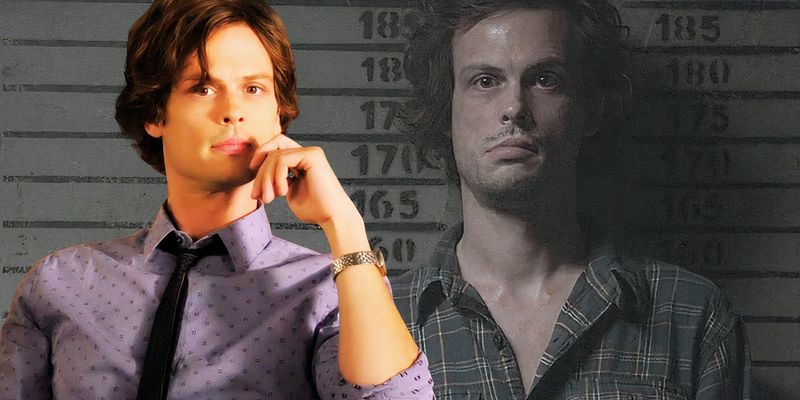
Some of the most memorable television episodes come from an unexpected source: the actors themselves. When cast members step behind the camera, they bring a unique understanding of their characters and the show’s world that outsiders simply can’t match. These actor-directors have created episodes that stand out for their emotional depth, creative vision, and perfect grasp of what makes their series special.
1. Breaking Bad — “Blood Money”
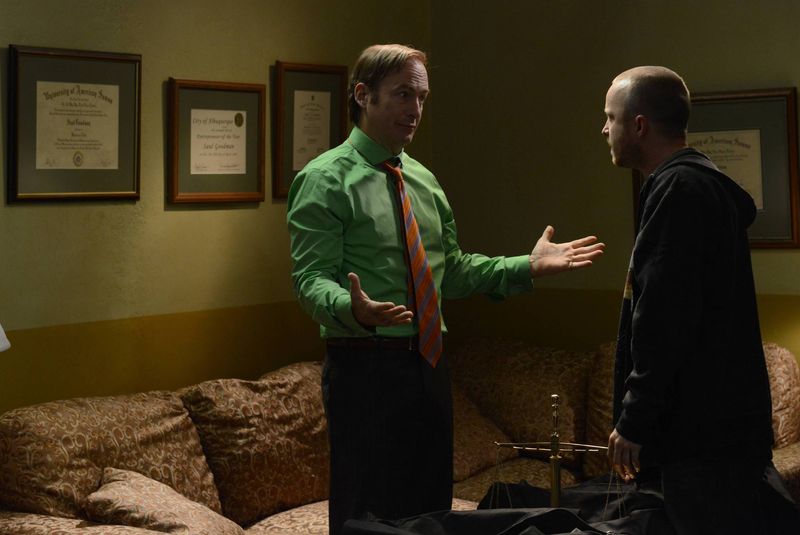
Bryan Cranston’s return to the director’s chair brought incredible intensity to this Season 5 opener. The episode kicks off the final chapter of Walter White’s story with a gripping confrontation that had fans on the edge of their seats. Cranston understood his character better than anyone, having played him for years.
His directorial choices emphasized the darkness consuming Walter while building unbearable tension. The pacing felt deliberate and menacing, setting up the explosive finale perfectly. Every frame dripped with the consequences of Walter’s choices.
Cranston proved that his talents extended far beyond acting. This episode became a masterclass in building suspense and character development through visual storytelling.
2. How I Met Your Mother — “Jenkins”
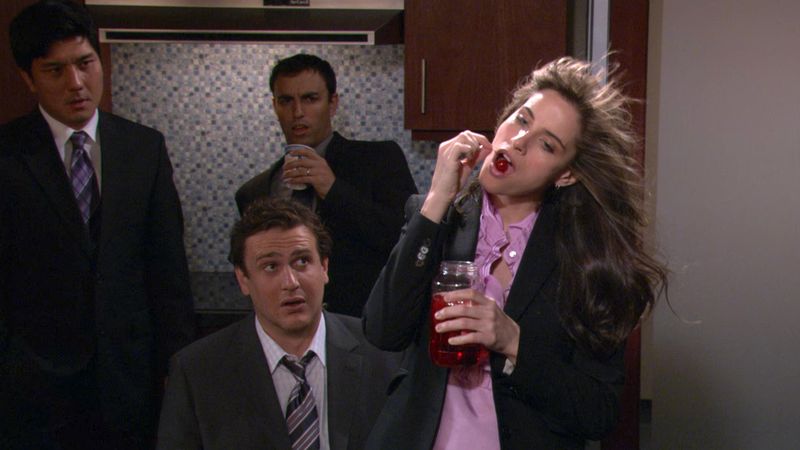
The episode revolves around the gang’s wild assumptions about Barney’s new coworker, leading to one surprise after another. Harris knew exactly how to time every joke for maximum impact.
His direction balanced the show’s signature humor with genuine emotional moments between friends. The reveal at the episode’s center lands perfectly thanks to careful setup and pacing. Harris understood the rhythm that made this sitcom work so well.
Watching him direct felt natural because he knew these characters inside and out. The episode showcases his sharp instincts for both comedy and storytelling in equal measure.
3. House — “The C Word”
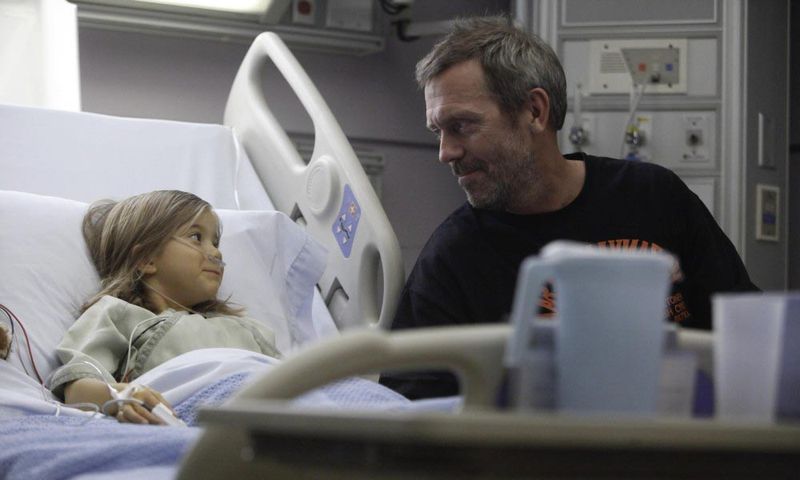
Hugh Laurie stepped behind the camera to explore the vulnerable side of his famously cynical character. This emotionally charged episode dealt with serious themes while maintaining the show’s trademark wit and medical mystery. Laurie’s intimate knowledge of House allowed him to peel back layers rarely seen.
The direction emphasized quiet moments that revealed the humanity beneath House’s harsh exterior. Laurie crafted scenes that felt raw and honest, giving viewers a deeper understanding of the troubled doctor. His choices added depth without sacrificing the show’s sharp edge.
The episode stands as proof that Laurie understood House’s complexity better than most. His directorial debut revealed new dimensions to a character fans thought they knew completely.
4. The Office (U.S.) — “Garage Sale”
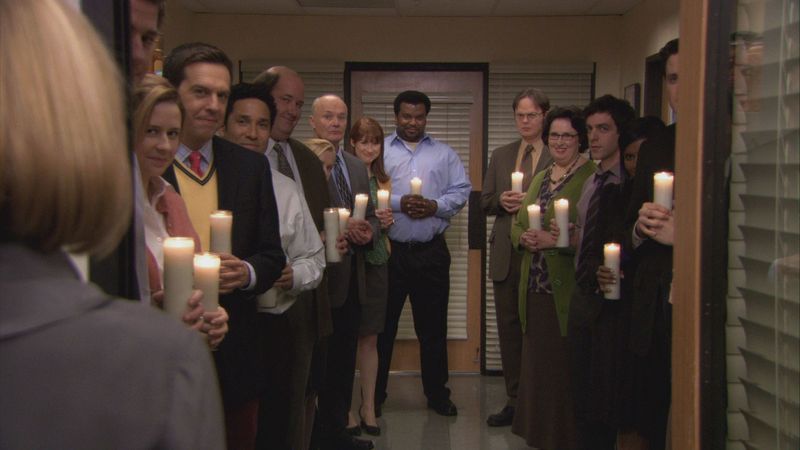
Steve Carell directed one of the most touching moments in the entire series when Michael proposes to Holly. The garage sale setting provided the perfect backdrop for this genuine romantic gesture. Carell balanced the show’s documentary style with cinematic beauty during the proposal sequence.
His direction captured the awkward charm that made Michael Scott so beloved while honoring the character’s growth. The episode mixed silly workplace antics with real emotion, never letting one overpower the other. Carell knew exactly when to let scenes breathe and when to punch up the comedy.
This stands as one of Michael’s finest hours, both for the character and for Carell himself. The proposal remains a fan-favorite moment years later.
5. The Office (U.S.) — “Michael’s Last Dundies”
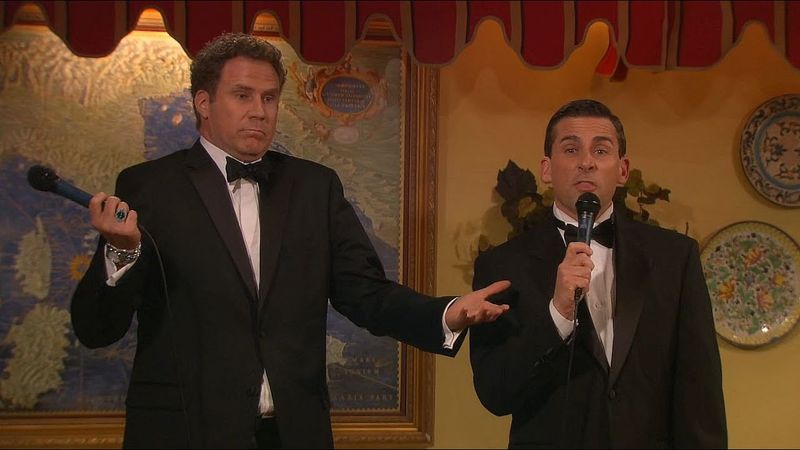
Bringing a touch of bittersweet magic to Michael Scott’s farewell Dundies ceremony, the episode balanced humor and heart as it celebrated the absurdity of the awards while signaling the end of an era. Through thoughtful direction, Kaling emphasized the deep family-like bonds among the Dunder Mifflin team during this emotional send-off.
She understood how to make viewers laugh and cry within the same scene. The warmth she brought to filming made every moment feel special and meaningful. Her choices emphasized connection and nostalgia without becoming overly sentimental.
Kaling proved herself a skilled director who respected the show’s legacy. This episode honored Michael’s journey while celebrating the relationships he built, making it truly memorable for longtime fans.
6. Pretty Little Liars — “In The Eye Abides The Heart”
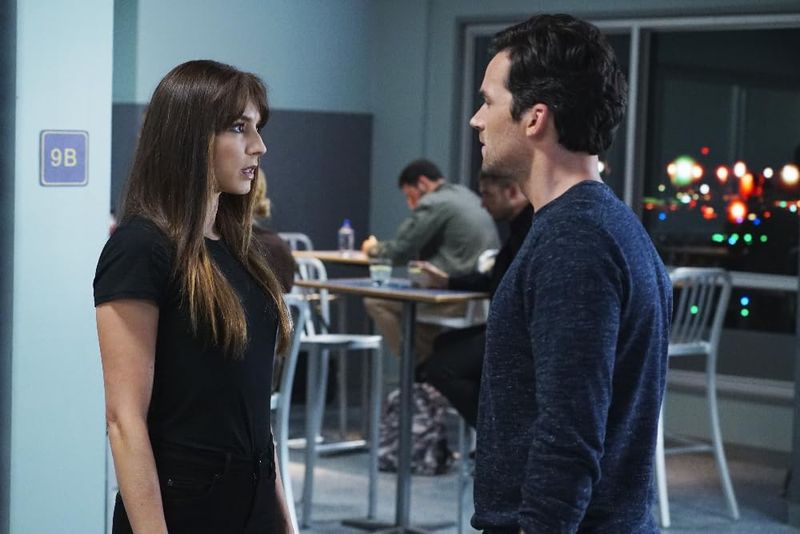
Troian Bellisario transformed her episode into something darker and more psychological than usual. Playing Spencer gave her insight into the show’s mysteries and the mental toll they took on the characters. Bellisario’s directorial vision emphasized paranoia and uncertainty throughout every scene.
The atmosphere felt heavier and more unsettling under her guidance. She used shadows and camera angles to create constant unease, making viewers feel the characters’ fear. Her understanding of Spencer’s analytical mind influenced how she framed the mystery.
Bellisario brought fresh perspective while staying true to what fans loved about the series. The episode stands out for its psychological depth and willingness to explore darker territory than typical installments.
7. Grey’s Anatomy — “Be Still, My Soul”
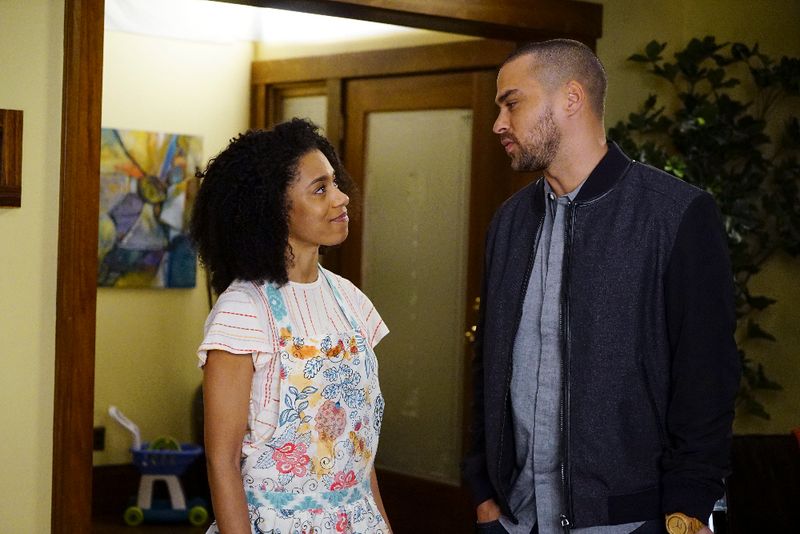
Making her directorial debut, the episode focused on family bonds and profound grief, weaving deep emotional storytelling with the familiar medical drama elements fans anticipated. Years of experience on the show gave Pompeo the confidence to handle such challenging and heartfelt material.
Her direction focused on intimate character moments rather than flashy medical procedures. She let the actors sit in their emotions, creating powerful scenes that resonated with viewers. The episode felt personal and raw, showcasing Pompeo’s understanding of the show’s heart.
Pompeo proved that leading a show and directing it require similar skills. Her debut demonstrated respect for the characters’ journeys and the audience’s emotional investment in their stories.
8. Criminal Minds — “Mr. Scratch”
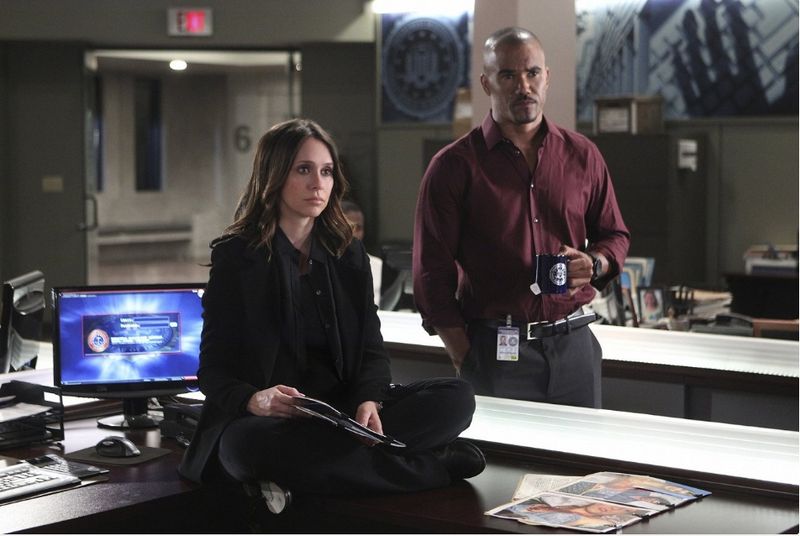
Matthew Gray Gubler crafted one of the series’ most terrifying episodes with this introduction to a chilling new villain. The unsub’s psychological manipulation created genuine horror that stayed with viewers long after. Gubler’s artistic background influenced his unique visual approach to the material.
Playing Dr. Reid gave him insight into the team’s dynamics and how to build suspense effectively. His direction emphasized eerie details and unsettling imagery that made skin crawl. The episode balanced procedural elements with genuine scares, pushing the show into darker territory.
Gubler’s distinctive style made this episode instantly recognizable as his work. Mr. Scratch became a memorable recurring villain thanks to this perfectly executed introduction that showcased true directorial talent.
9. Criminal Minds — “Mosley Lane”
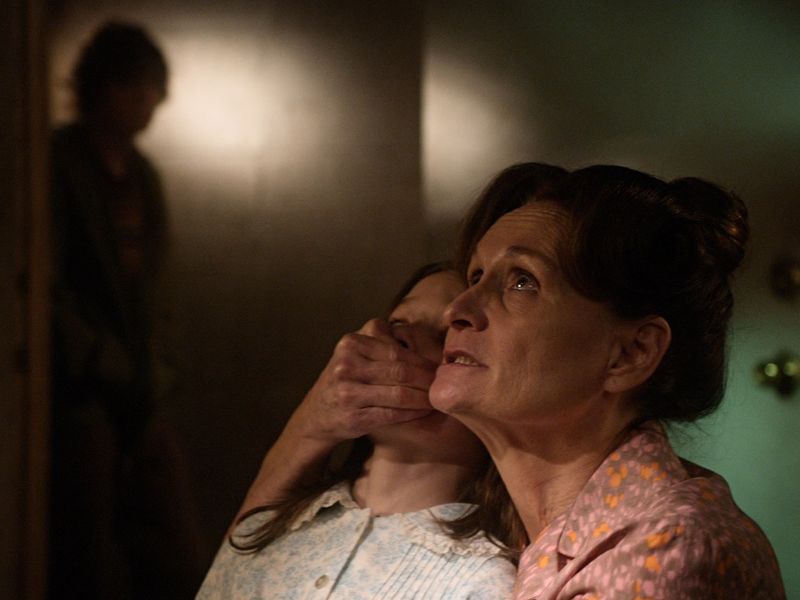
His second directorial effort balanced heartbreak and horror in a story about long-missing children. The case hit the BAU team personally, making every discovery more emotionally charged. His direction never exploited the tragic subject matter, instead treating it with appropriate gravity.
The episode became a fan favorite for its emotional impact and satisfying resolution. Gubler knew how to film the team’s determination without losing sight of the victims’ families. His choices emphasized hope alongside the horror, creating a complex emotional experience.
This installment proved Gubler could handle sensitive material with care and skill. The balance between dark subject matter and hopeful moments made it stand out in the show’s long run.
10. Criminal Minds — “The Lesson”
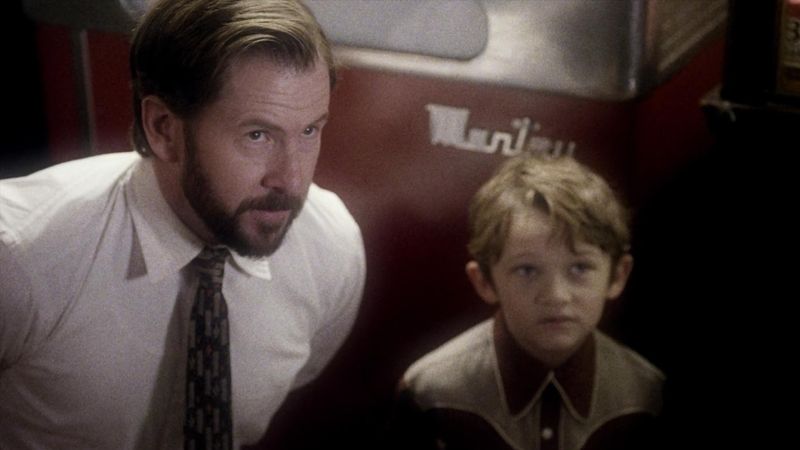
The third outing delivered pure nightmare fuel with a puppeteer killer who remains one of the show’s creepiest. His artistic sensibilities created disturbing visuals that pushed boundaries while staying within network television limits. The episode felt like a dark fairy tale gone horribly wrong.
His visual flair elevated the material beyond standard procedural fare. Every shot felt deliberate and unsettling, building dread throughout the investigation. Gubler understood how to make viewers uncomfortable without relying on excessive gore.
The precision of his direction made every creepy detail land perfectly. This episode cemented Gubler’s reputation as the show’s master of horror, creating something truly memorable and terrifying for devoted fans.
11. Supernatural — “The Future”
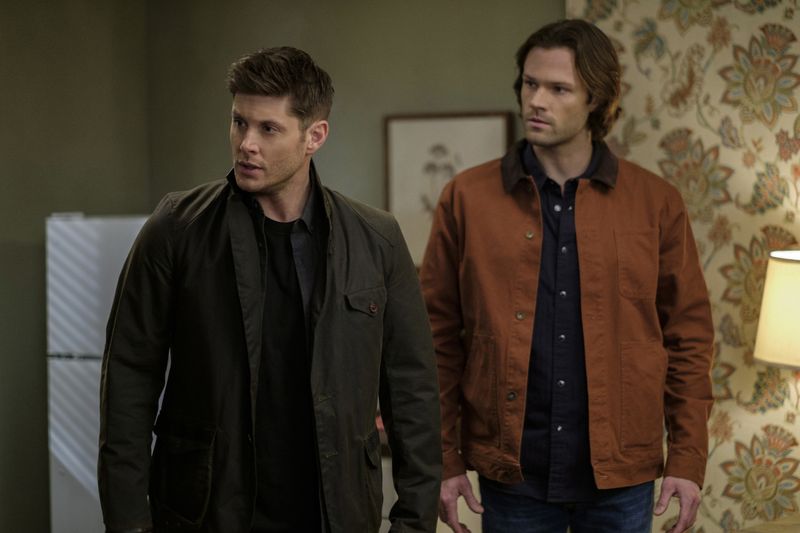
Playing Naomi gave Amanda Tapping understanding of the show’s mythology and the complex angel politics. Her direction emphasized the otherworldly nature of these beings while keeping the story grounded in character.
The episode crackled with emotional tension as loyalties were tested and difficult choices made. Tapping’s experience on science fiction shows informed her approach to the supernatural elements. She crafted action sequences that felt epic while maintaining the show’s signature brotherly dynamic.
Her work added visual polish that elevated the material beyond typical television standards. Tapping proved that guest stars could understand the show’s essence and contribute meaningfully behind the camera.
12. Parks and Recreation — “Flu Season”
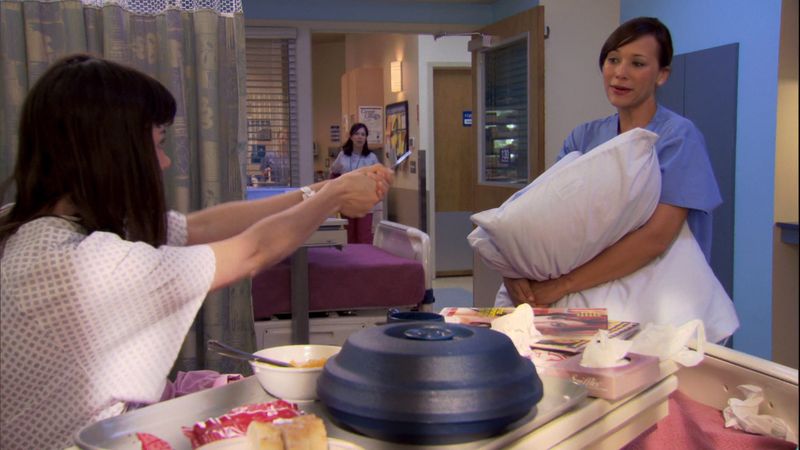
Amy Poehler directed this absurdly funny episode that showcased Leslie’s unstoppable determination even while severely ill. The flu-induced motivational speech became an instant classic moment in the series. Poehler understood the show’s trademark blend of ridiculous situations and genuine heart perfectly.
Her direction amplified the comedy without losing sight of the characters’ relationships and growth. She knew exactly how far to push the absurdity while keeping everything believable within the show’s world. The episode balanced multiple storylines with the skill of a seasoned director.
Poehler’s work behind the camera matched her brilliance in front of it. This episode remains a fan favorite for its perfect execution of everything that made Parks and Recreation special.

Comments
Loading…